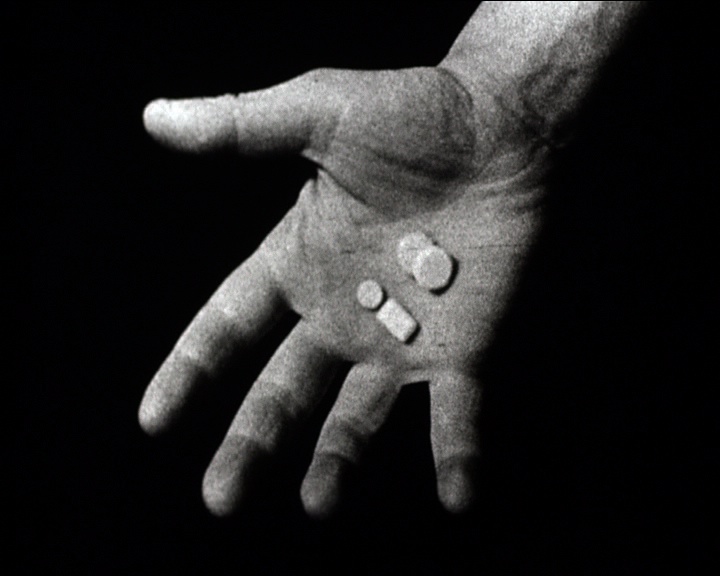David Leister & Lucy Harris: THROUGH A LENS DARKLY

to
Lucy Harris and David Leister present their individual and collaborative films. The 16mm films in this programme occupy the spaces between a photograph, a document and a film, and celebrate this medium. They explore and document both exterior and interior landscapes, personal and cultural histories, where the film becomes a blend of experience and observation. These films hover on the edge of the frame, using multiple film techniques to present an altered perspective vision of our surroundings.
You can find excerpts of David Leister's films here to wet your whistle: http://www.kinoclub.co.uk/films.html
Read an interview with artist Lucy Harris here!
http://birds-eye-view.co.uk/2014/07/29/canary-wharf-screen-part-iii-crossing-points/
Composer - Andrew Lovett
Crossing Points, filmed in the 1936 Berlin Olympia Stadium and theKuppelsaal, exploits the interplay between memory, history and architecture.Through the interweaving of these empty venues with two fencers performing aseries of choreographed gestures, a dialogue between distinctarchitectural spaces disrupted by a legacy of past activity is created.
Painting the TownComposer - John Wynne
In this town I reckon that every place has had a coat of paint since I´velived here. There´s always a bit of gloss drying somewhere. As the camerawanders across the skyline, an over-laid image of a painter in overallsrolls out an ever-changing palette of colour, giving brief renewal tocrumbling facades. As with layers of peeling paint work on an old dwelling, sounds of the city fall away to reveal noises of renewal and repair: the clank ofscaffolding tubes, the scratch of sandpaper, and the splash of paint.
CREMERsound)
CREMER is an abstract document of a lost studio, not easily categorised,occupying the spaces between a photograph, a document and a film.It is a collaborative record and examination of the fire and resulting smokedamage that took place in the studio in 2006. As film is exposed to light,the studio was exposed to smoke, leaving a shadow or imprint on allsurfaces. These appear almost as Œx-ray¹images, with the results alsoreflecting personal circumstance of the time.With the time elapsed there is now a broader connotation with the currentdemise of film, so the work holds multiple meanings in its subject, imageand surface. Whilst melancholy in tone, and a lament to the loss of thestudio and all its related film elements, it also points to films ultimateresistance to destruction.
Read an interview here with David Leister and Lucy Harris about this film
Medicine BoxDavid Leister (16mm Black and White, 11" optical sound)
Resembling a lost instructional film, Medicine Box draws attention to therepeated cycle of medical ingestion and how a small pill can have such alarge effect on the human body.
SidewaysLucy Harris 2006 (16mm Black and White, 3.30" optical sound)
Situated in a small area of London the film explores the shadows ofsurrounding buildings to construct a secondary urban landscape. By invertingthe urban environment and creating solid matter and form from light and dark the camera searches and reveals elements of the urban landscape thatcommonly go unnoticed. The organic detailed surfaces and textures of thestructure and fabric of the city create a filmed drawing with a musicalstructure.
